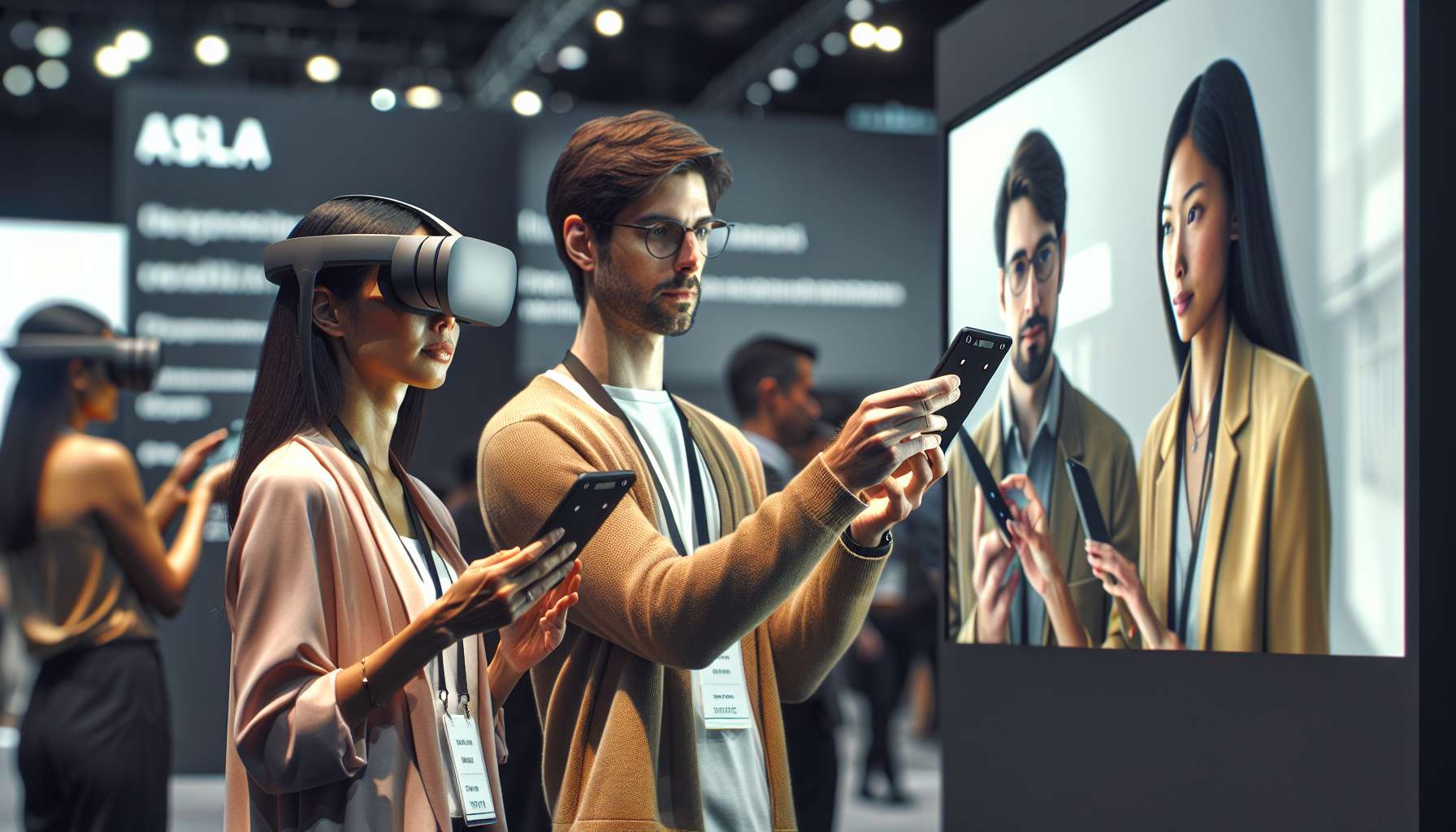Transforming Retail Trade Shows with Augmented Reality
Trade shows and exhibitions have long been a staple in the retail industry, providing businesses with a platform to showcase their products and connect with potential customers. However, in today’s competitive market, it’s becoming increasingly challenging to stand out from the crowd and leave a lasting impression on attendees. This is where augmented reality (AR) comes into play, revolutionizing the way retailers engage with their audience at trade shows.
Creating Immersive Experiences
AR technology allows retailers to create immersive experiences that captivate trade show attendees. By overlaying digital content onto the real world, AR enhances the physical environment and brings products to life in ways that were previously unimaginable. Imagine a customer trying on virtual clothing or visualizing how a piece of furniture would look in their home. These interactive experiences not only grab attention but also leave a lasting impression, increasing the likelihood of conversion.
Enhancing Product Demonstrations
One of the biggest challenges at trade shows is effectively demonstrating the features and benefits of products. Traditional methods often involve static displays or videos, which may not fully convey the value of the product. With AR, retailers can provide dynamic and interactive demonstrations that allow attendees to explore products in detail. For example, a cosmetics brand can use AR to show customers how different shades of makeup would look on their own face, eliminating the need for physical samples and increasing engagement.
Personalizing the Customer Experience
AR technology enables retailers to personalize the customer experience at trade shows. By leveraging customer data and preferences, businesses can create tailored AR experiences that resonate with individual attendees. For instance, a clothing retailer can use AR to recommend outfits based on a customer’s style preferences and body type. This level of personalization not only enhances the customer’s engagement but also increases the likelihood of making a purchase.
Driving Foot Traffic and Engagement
Trade shows are bustling with activity, and it can be challenging for retailers to attract foot traffic to their booth. AR experiences act as a magnet, drawing attendees in and enticing them to explore what the brand has to offer. By incorporating gamification elements, such as AR scavenger hunts or interactive quizzes, retailers can further increase engagement and create a buzz around their booth. This not only drives foot traffic but also generates valuable leads and potential customers.
Measuring Success and ROI
One of the significant advantages of using AR at trade shows is the ability to measure its impact and return on investment (ROI). Through analytics and data tracking, retailers can gain insights into attendee engagement, dwell time, and conversion rates. This data allows businesses to refine their AR experiences and make data-driven decisions for future trade shows. By continuously improving and optimizing their AR strategies, retailers can maximize their ROI and stay ahead of the competition.
The Future of AR in Retail Trade Shows
The potential of AR in retail trade shows is vast and continues to evolve. As technology advances, we can expect even more innovative applications of AR, such as virtual try-on experiences, interactive product catalogs, and seamless integration with e-commerce platforms. With the increasing adoption of AR by retailers, trade shows are transforming into immersive and interactive environments that offer a glimpse into the future of retail.
In conclusion, incorporating augmented reality into retail trade shows is a game-changer for businesses looking to stand out and make a lasting impression. By creating immersive experiences, enhancing product demonstrations, personalizing the customer journey, driving foot traffic, and measuring success, retailers can leverage AR to drive business growth and stay ahead in today’s competitive market.





